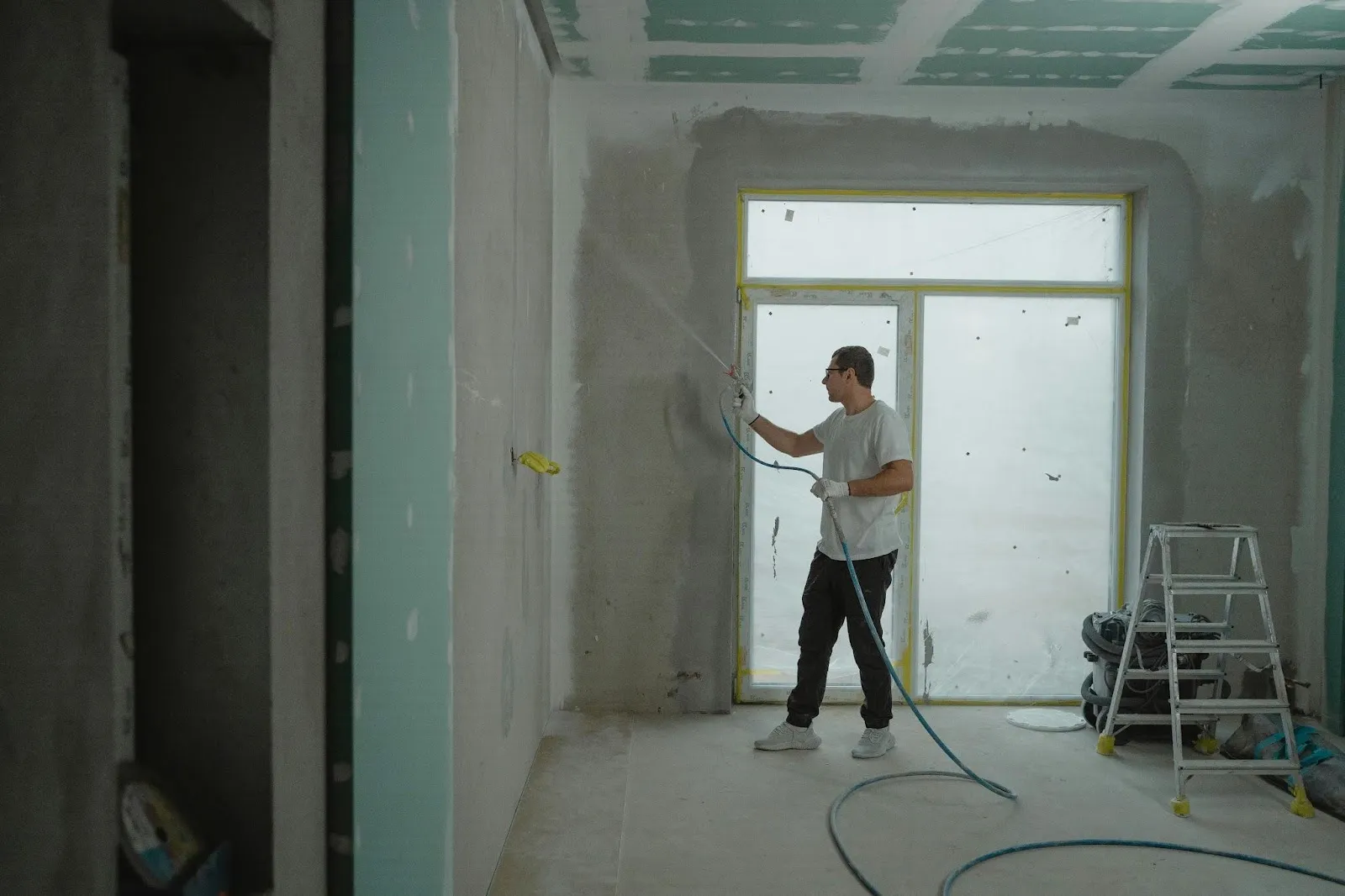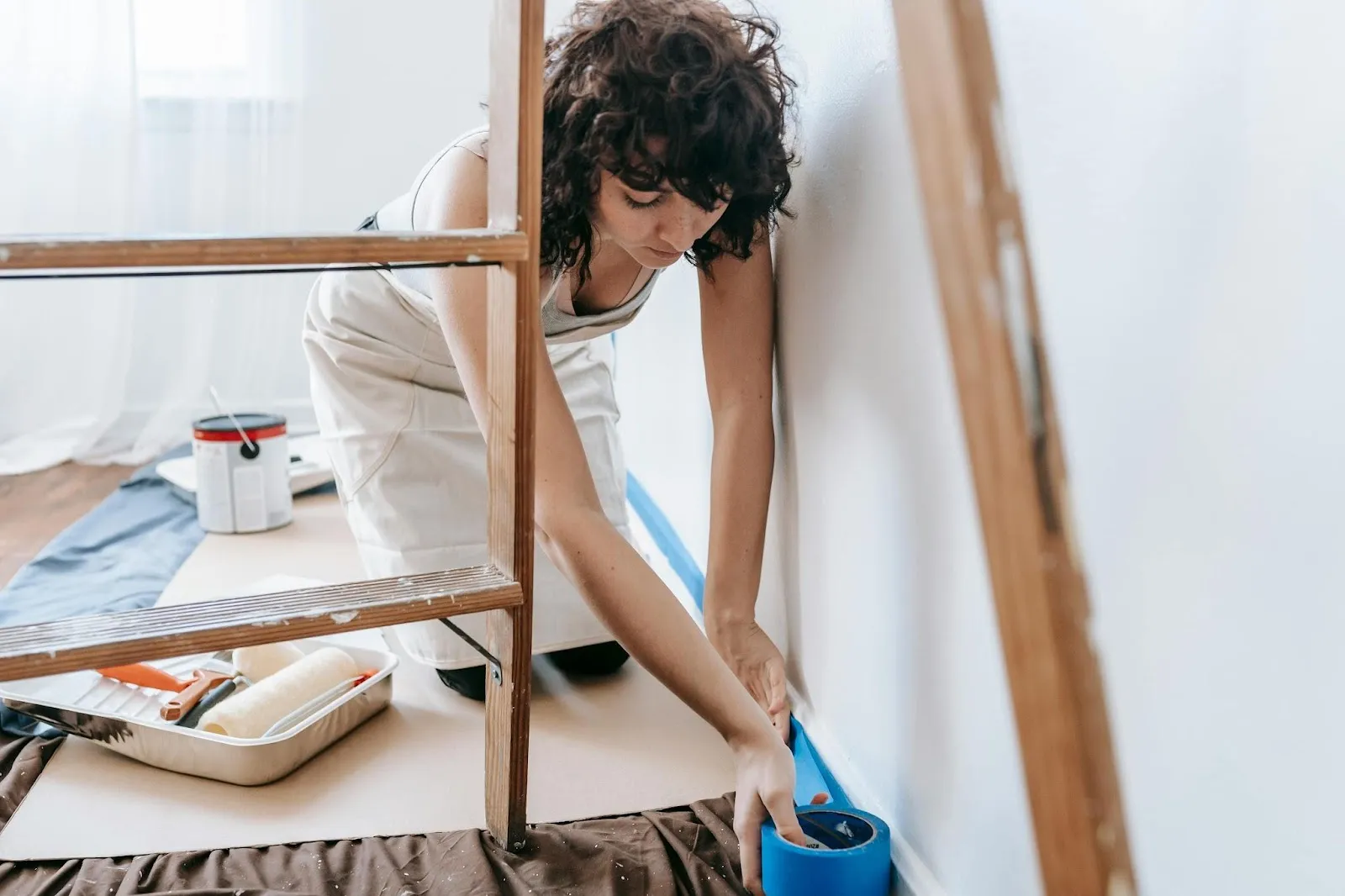
Balancing home improvement projects with professional responsibilities is a challenge that many homeowners face. Whether it's painting the living room, remodelling the kitchen, or fixing that leaky faucet, these tasks require time, energy, and focus, all of which are often in short supply when juggling a demanding job. The rise of remote work and flexible schedules has made it easier for some to squeeze in DIY tasks, but the risk of burnout or slipping performance at work still looms large. With careful planning, realistic goals, and the right mindset, it’s entirely possible to make steady progress on home projects without compromising your career. This article outlines practical strategies that will help you stay on track with work and home improvement tasks.

The first step to balancing home projects and work is establishing a realistic plan that clearly outlines what needs to be done, by when, and how much effort each task requires. Start by making a master list of all home improvements you'd like to complete. Then, prioritise them based on urgency, budget, and the amount of time each one will take. Consider breaking larger projects into smaller tasks to make them more manageable. This way, you can tackle each piece bit by bit instead of feeling overwhelmed by the entire undertaking. A well-organised project plan will help you use your limited time more effectively.
When tackling a home project, staying organised is crucial to maintaining efficiency and reducing frustration. Cluttered work areas can slow progress and make it difficult to find tools or materials when you need them. Implementing smart storage solutions, such as wall-mounted shelves or stackable bins, keeps everything orderly and accessible. For example, GarageCabinets.com provides storage options that help homeowners manage tools and supplies in tight spaces, allowing for better workflow and easier cleanup. By dedicating a specific place for each item, you minimise distractions and make your project environment safer and more productive from start to finish.
Time blocking is a powerful tool when balancing dual responsibilities. Look at your work calendar and identify windows where your workload is lighter, as these are ideal times to schedule more intensive home tasks. For example, if you have Friday afternoons free from meetings, that might be the perfect time to paint a room or install shelving. Use evenings and weekends strategically, but don’t overload yourself. Set specific blocks of time for project work just like you would for professional meetings. By treating home improvement as an appointment rather than a vague intention, you're more likely to follow through consistently.
Large home projects can be intimidating, which often leads to procrastination. To avoid stalling, begin with small, easily achievable tasks that can be completed in under an hour. This might include organising a closet, replacing light fixtures, or patching wall holes. These small wins build your confidence, improve your space, and motivate you to tackle larger projects. By getting into the habit of completing bite-sized tasks, you create a rhythm that makes more complex improvements seem less daunting.
For those who work remotely or have flexible schedules, breaks can be a great opportunity to squeeze in minor home tasks. Even 15-minute intervals can be productive when used correctly. You might clean a section of the garage during a morning break or research materials for your next project over lunch. If you commute to work, consider using that time to listen to home improvement podcasts or watch tutorial videos. These passive forms of learning will keep you inspired and prepared without cutting into your working hours or downtime.
Trying to do everything yourself can lead to unnecessary stress and missed deadlines at home and work. When feasible, delegate tasks to other household members or hire help for specific parts of your project. For example, you might paint the room yourself but hire a professional to install electrical fixtures. Delegation allows you to focus on tasks that truly require your involvement while still making progress on the project. This speeds up completion and reduces your workload and mental fatigue.
Modern tools and technology can drastically reduce the time and energy it takes to complete home projects. From laser measuring devices to task management apps like Trello or Todoist, there are countless ways to stay organised and efficient. You can use smart home products to automate certain improvements, such as installing a programmable thermostat or setting up motion-sensor lighting. These tools help streamline your efforts so you can achieve more in less time, leaving space for your professional responsibilities to remain untouched.
Blurring the lines between professional work and personal projects can quickly lead to burnout. It’s important to set clear boundaries to ensure neither area suffers. This means not checking work emails while installing cabinets or trying to hammer nails during a Zoom call. Use physical cues, like changing clothes or working in different rooms, to signal when you’re shifting focus. Communicate your schedule to others in your household so they understand when you're unavailable. Clear boundaries help you stay present and productive in roles.
Burning the candle at both ends is not sustainable. To maintain momentum in your job and your home projects, you need to prioritise your well-being. Make time for sleep, eat nutritious meals, stay hydrated, and carve out moments for relaxation. If you find yourself becoming irritable or losing focus, it may be time to pause and recharge. Short breaks and physical activity can do wonders for your energy and clarity. A balanced approach ensures you don't hit a wall mid-project or let your work performance slide.

Balancing home projects with professional responsibilities doesn’t have to feel like a constant juggling act. With careful planning, smart use of your time, and a willingness to be flexible, you can transform your living space without compromising your career. By implementing the strategies outlined in this article, you’ll be better equipped to maintain productivity in these areas of your life. Progress may be gradual, but with consistency and balance, it will be meaningful and lasting.
The key is careful planning. Break your project into small, manageable steps and schedule them around your work commitments. Using time blocking to dedicate specific slots for DIY tasks helps you stay on track without letting your professional responsibilities slide. Also, setting clear boundaries is vital, so you are not trying to do both at once.
Look at your work calendar to find lighter periods. These are perfect for more involved tasks. For smaller jobs, use evenings or parts of your weekend, but be careful not to overcommit. Treating your project time like a scheduled appointment makes you more likely to stick to it.
Prioritising self-care is non-negotiable. Make sure you get enough sleep, eat well, and take regular breaks to recharge. Delegating tasks, whether to family members or professionals, can also significantly lighten your load and prevent you from feeling overwhelmed.
Absolutely. Project management apps like Trello can help you organise tasks and track progress. Smart tools, such as laser measures or automated home devices, can also reduce the time and manual effort required, freeing you up to focus on your job.
Starting with quick, simple tasks that take less than an hour, like fixing a leaky tap or organising a cupboard, builds confidence and momentum. These small accomplishments make larger, more intimidating projects feel much more achievable and keep procrastination at bay.